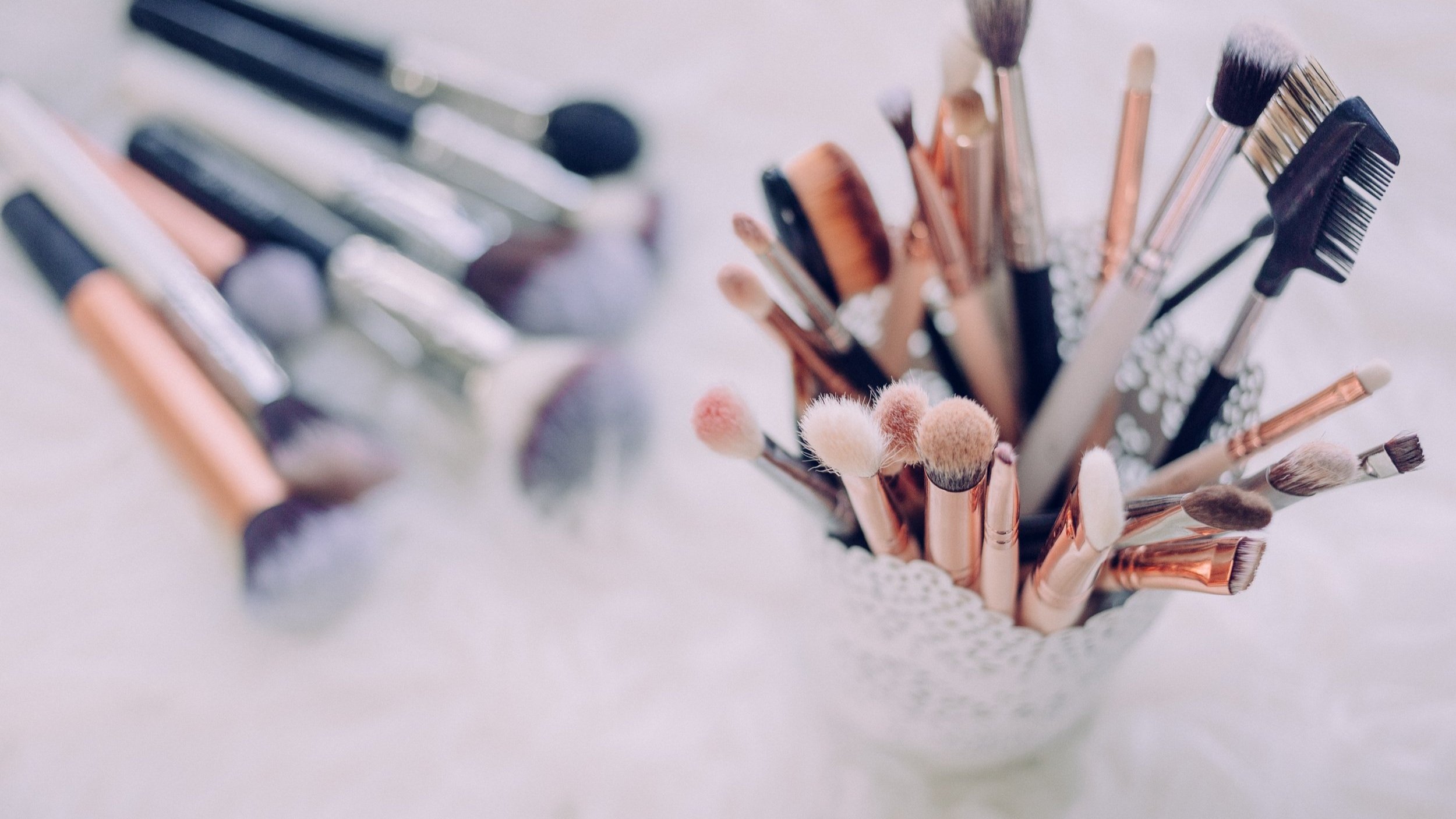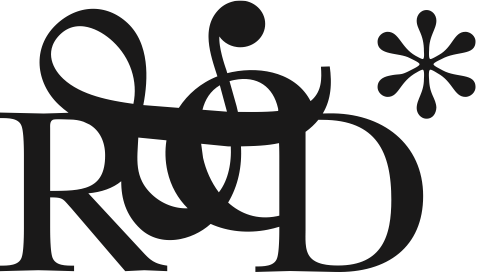
Chinese Women’s Obsession With Beauty
Chinese Women’s Obsession With Beauty
When visiting China—whether I am in a metropolis like Shanghai or a Sichuanese town—I often find myself puzzled, sometimes uncomfortable, and even annoyed when the hairdresser next to the hotel points out how ugly the spot on my cheek is, or when a person I interview points at the bags under my eyes in shock.
Chinese people, particularly women, will either compliment your good skin or tell you that you are very fat with no difficulty or reservation on the details. Relatives, friends, and colleagues will happily exchange remarks and comments about each other’s face color, hair condition, and body size. While such scenes might seem to a Western observer as harsh rather than as a friendly encounter, they often provide the opening for conversation when girlfriends meet.
One should notice, however, that even when a Chinese woman tells you that your face does not look good, the comment is never directed at your natural features or your natural “beauty,” so to speak. In fact, in a recent study on female empowerment in China, where we completed thirty days of fieldwork, the concept of a double beauty standard emerged.
There is piao liang (beautiful) and hao kan (good looking). The first term refers to a woman’s natural beauty — features that one is born with, such as eyes or nose shape. The second refers to what one can be in control of such as weight, face color, skin, or hair condition. Comments related to the more controllable features are part of greeting etiquette and language, often mingled with “have you eaten,” a synonym for “hello.”
In traditional Chinese medicine, there is a direct link between one’s outer appearance, internal organs, and daily activities and lifestyle. For example, cheeks that are too pale might be a sign of low qi and indicate lack of sleep or bad dieting. In another case, spots might indicate an excess of inner heat or toxin overload, caused by overconsumption of spicy or fried foods. When a Chinese woman comments on your skin or weight, she is not criticizing your aesthetics; she is showing care by pointing out the results of one’s damaging lifestyle or behavior. As such, aesthetics comments and “have you eaten” have more in common than one might think at first, as they both show care from the greeter’s part.
Women we met with in Beijing and Shanghai spent one hour per day on average on skincare products alone and consumed many dieting products. What was interesting about the findings is that for many of these women, “looking good” did not just mean wearing nice clothes or having a fashionable haircut, it meant having a very specific skin color, texture, hair condition, and so on. While not all women directly link outer appearance with internal health, it is a common internalized logic, and one that can shape their daily routines.
A woman’s face is the window to her health and her habits. This internalized belief continues to be the strongest influencer on day-to-day beauty product consumption and rituals. According to the manager of a top Beijing beauty spa we met, women are willing to spend a month’s salary for skin treatments. Our study found that women were ready to spend a very substantial part of their savings and go through long and rigid rituals to camouflage the effects of bad diet and other behaviors by using top skincare products. We look forward to seeing how skincare producers and others will exploit the opportunity as these women move into older (and more lucrative) age groups while retaining their beauty wishes.
[Banner image by freestocks, via Unsplash]
